Status
Oct 10, 2024
The project is currently HALT. Most recent update we got the board to work with 140W PD3.1 charger and request 28V. However, the most recent test show that the IC does not work with the new Framework 16 180W charger as the goal is to tap into AVS power mode. The IC fail to start the communication or maintain basic power connection. Also, in I2C mode, the device will automatic request 28V until the user config to lower the voltage. This has been done internally in the hardware and there is no other way to change the I2C bootup behavior. We consider this as dangerous behavior and suggest not to use the HUSB238A-BB001-QN16R (exact part #) in I2C mode. User has limited control on the output PMOS via I2C.
Why did we make this?
Higher voltage unlock more possibility for the end device. With 24V we can power many industrial equipment or handheld devices like drills. even higher voltage allow charging for larger battery pack like ebike, scooter, or gardening tools. However, looking back, it is nice to have a breakout board that allow you to tap into all power profile, and even turn on current limit mode at lower voltage range using PPS and request 5V at 5A continuously.
Description
This breakout board can handle everything you ever wanted on USB-C Power Delivery. The board feature the newer IC HUSB238A from Hynetek that supports the full USB PD 3.1 mode like Fixed, PPS, EPR, and AVS mode up to 48V/5A. At the time of design, there was only 1 charger that support 36V. The breakout board add high voltage passive component like 48V5A USB-C Connector, capacitors, and diodes. There has been some design modification to support both GPIO and I2C configuration on this board. There is also USB 2.0 data passthrough and QWIIC connection to speed up connection.
Preliminary Specifications
With all of this in mind, we here is our preliminary specifications for the product:
- In GPIO mode:
- Support: 5V, 9V, 12V, 15V, 20V, and 28V selection
- Up to 5A max for 20V and 28V PDO
- Up to 3A max for 5V, 9V, 12V, and 15V PDO
- In I2C mode:
- Support all fixed PDO, PPS, EPR, and AVS mode
- Up to 3A/5A max depend on mode
What is PD3.1 ?
For better understanding of USB PD 3.1 please take a look at USB Type-C PD3.1 Extended Power Range presentation from Texas Instrument, slide 7. The main benefit we can get from the newer standard are:
- Fixed voltage: Additional voltage like 28V, 38V, and 48V.
- Adjustable Voltage Supply: Start at 15V and can go up to 28V, 38V, or 48V at 100mV increment.
Challenges with higher voltage
There are many challenges when working with USB PD 3.1 in the higher voltage range pass 20V:
- PD Controller IC that support PD3.1 spec and can handle higher voltage.
- Passive component rated for 48V
- Most USB-C Connector is rated for 24V
- DC/DC converter that can handle 48V and output 3.3V for logics

Dimension
The breakout board is 22.2 mm x 33.9mm with two M2.5 mounting hole. The board can be mount flush with your case with some cut out at Output and I2C headers.
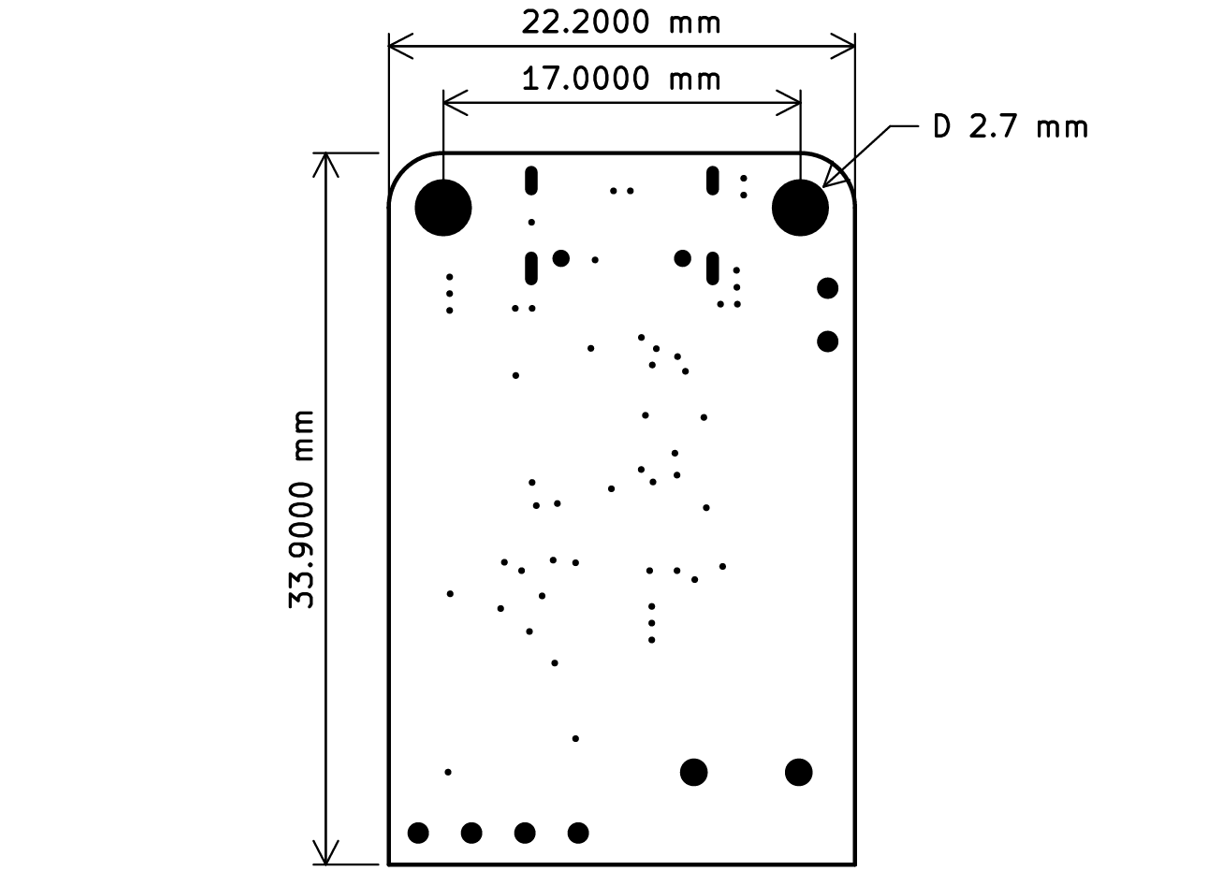
 CentyLab
CentyLab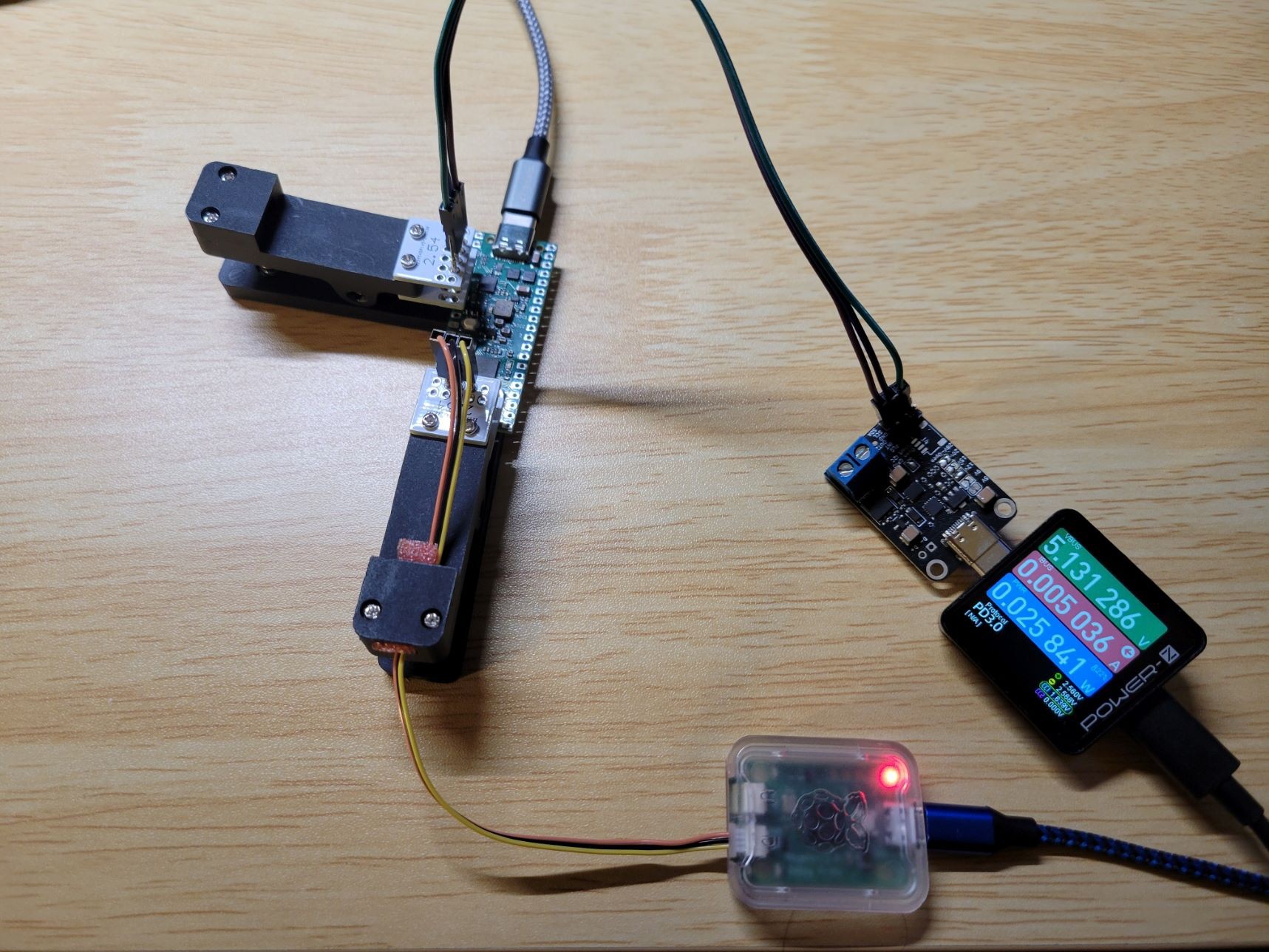


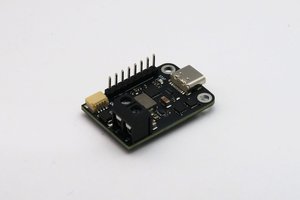
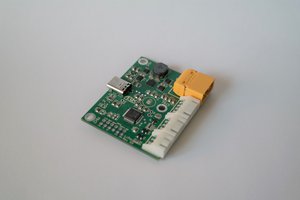
 Alex Klimaj
Alex Klimaj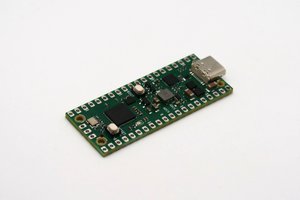
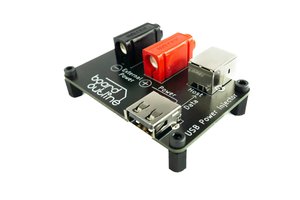
 Nikola Manolov
Nikola Manolov
Hi,
Have you managed to get documentation of the register layout for the HUSB238A? I have been unable to find it, nor get the manufacturer to send it to me. Would be super helpful if you have it!
Have you seen https://www.hynetek.com/2730.html (Chinese but google translate works well). Gives more details on implementation.
Also for the HUSB238, it seems i2c totally overrides the GPIO settings, so you can use GPIO to set 5v, then negotiate up to 28v after (Saw something to this effect in the adafruit wiki). Maybe this approach works for the HUSB238A too?
Total noob so this could be totally wrong, but maybe it's right and helps!
J